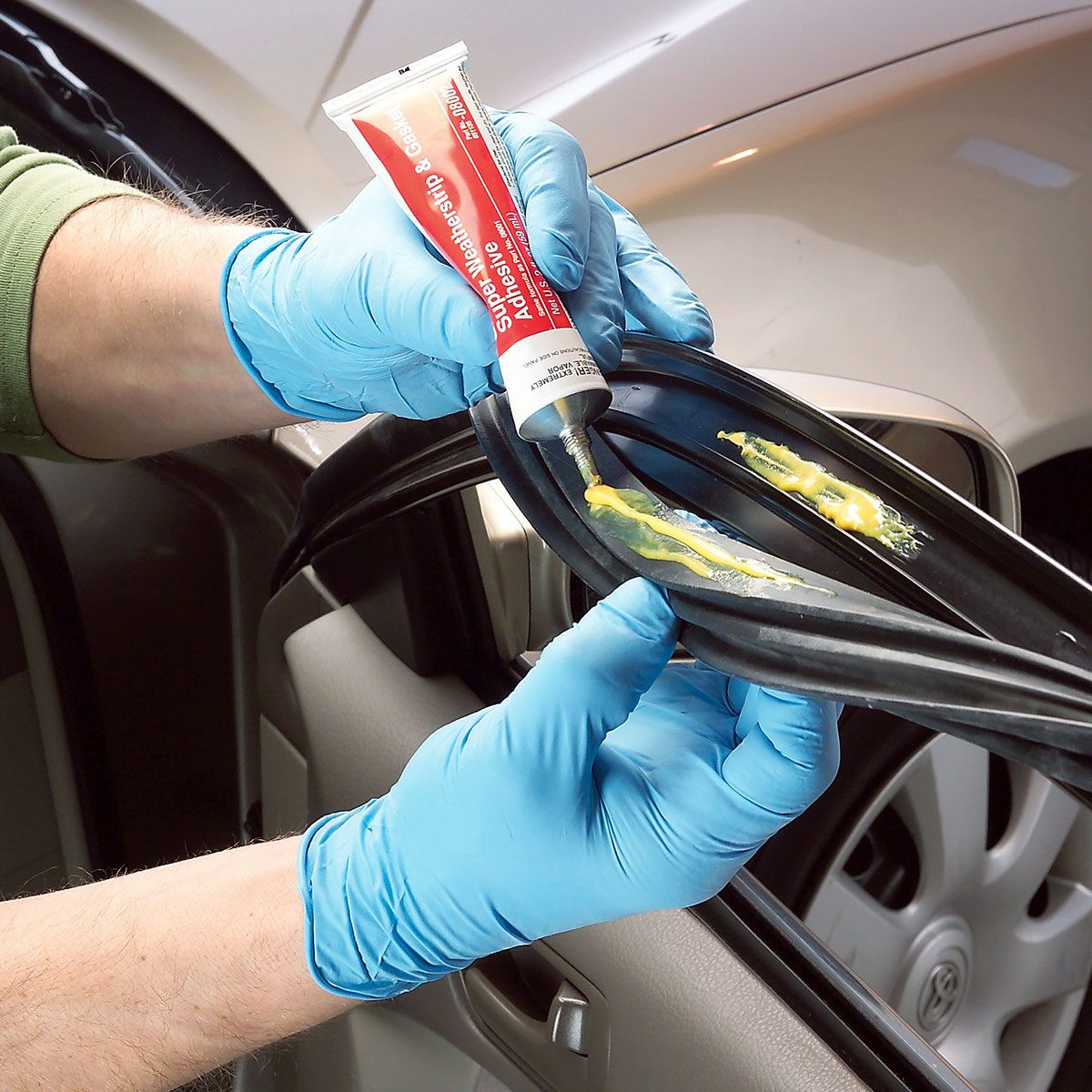How Much Does It Cost To Fix Car Paint Chip?

Fixing car paint chips doesn’t have to break the bank. At CARDIAGTECH.NET, we understand the frustration of discovering those unsightly blemishes on your vehicle. This guide explores the costs associated with car paint chip repair, offering solutions to restore your car’s pristine appearance while staying within your budget. Discover affordable paint repair options, cost-effective auto touch-up solutions, and professional automotive paint services.
1. Understanding Car Paint Chip Damage
Before diving into the costs, it’s crucial to understand the different types of car paint chip damage. Identifying the severity and type of damage will help you determine the appropriate repair method and associated costs.
1.1. Types of Car Paint Damage
- Paint Chips: Small missing pieces of paint, often caused by road debris.
- Scratches: Lines or grooves on the paint surface, ranging from minor clear coat scratches to deep scratches that expose the metal.
- Scuffs: Surface-level abrasions that dull the paint’s finish.
- Dents: Depressions in the metal, which may or may not be accompanied by paint damage.
1.2. Assessing the Severity of Damage
- Minor Damage: Small chips, shallow scratches, and minor scuffs that only affect the clear coat or top layer of paint.
- Moderate Damage: Larger chips, deeper scratches that reach the base coat, and scuffs that require more extensive repair.
- Extensive Damage: Deep scratches that expose bare metal, large areas of chipped or peeling paint, and dents that require bodywork.
2. Factors Influencing Car Paint Chip Repair Costs
Several factors affect the cost of repairing car paint chips. Understanding these factors can help you make informed decisions and find the most cost-effective solution.
2.1. Size and Severity of the Damage
The size and depth of the paint chip significantly impact the repair cost. Smaller, shallower chips are easier and cheaper to fix than larger, deeper ones. Extensive damage that requires bodywork or multiple layers of paint will naturally cost more.
2.2. Location of the Damage
The location of the paint chip on the vehicle can also affect the cost. Chips in easily accessible areas are generally cheaper to repair than those in hard-to-reach spots or areas with complex curves.
2.3. Type of Paint and Finish
The type of paint and finish on your car can influence the repair cost. Matching specialized paints, such as metallic or pearlescent finishes, may require more time and materials, increasing the overall cost.
2.4. Repair Method
The chosen repair method will significantly impact the cost. Options range from DIY touch-up kits to professional body shop repairs, each with varying price points.
2.5. Labor Costs
Labor costs vary depending on the location and the repair facility. Larger metropolitan areas typically have higher labor rates than rural areas.
2.6. Materials Costs
The cost of materials, such as paint, primer, clear coat, and other supplies, will contribute to the overall repair cost. High-quality materials may increase the cost but can also provide a longer-lasting and better-looking repair.
3. Cost-Effective DIY Car Paint Chip Repair Options
For minor paint chips, DIY repair options can be a cost-effective way to restore your car’s appearance. However, it’s essential to manage expectations, as DIY repairs may not achieve the same level of perfection as professional repairs.
3.1. Touch-Up Paint Kits
Touch-up paint kits are readily available at auto parts stores and online retailers. These kits typically include a small bottle of paint that matches your car’s color code, along with applicators and instructions.
3.1.1. How to Use Touch-Up Paint Kits
- Clean the area around the paint chip with soap and water.
- Dry the area thoroughly.
- Apply a thin layer of touch-up paint to the chip using the applicator.
- Allow the paint to dry completely.
- Apply additional layers as needed, allowing each layer to dry before applying the next.
- Once the final layer is dry, use a polishing compound to blend the repaired area with the surrounding paint.
3.1.2. Cost of Touch-Up Paint Kits
Touch-up paint kits typically range in price from $10 to $30, depending on the brand and the size of the kit.
3.2. Paint Pens
Paint pens are another DIY option for repairing small paint chips and scratches. These pens dispense paint through a fine tip, allowing for precise application.
3.2.1. How to Use Paint Pens
- Clean the area around the paint chip with soap and water.
- Dry the area thoroughly.
- Shake the paint pen well to mix the paint.
- Prime the pen by pressing the tip down on a piece of paper until the paint flows smoothly.
- Apply the paint to the chip or scratch using the pen tip.
- Allow the paint to dry completely.
- Apply additional layers as needed, allowing each layer to dry before applying the next.
- Once the final layer is dry, use a polishing compound to blend the repaired area with the surrounding paint.
3.2.2. Cost of Paint Pens
Paint pens typically cost between $15 and $35, depending on the brand and the type of paint.
3.3. DIY Considerations
- Color Matching: Ensure that the touch-up paint or paint pen matches your car’s color code for the best results.
- Preparation: Thoroughly clean and prepare the area before applying any paint.
- Patience: Allow each layer of paint to dry completely before applying the next.
- Blending: Use a polishing compound to blend the repaired area with the surrounding paint for a seamless finish.
- Limitations: DIY repairs are best suited for minor damage. For more extensive damage, professional repairs are recommended.
4. Professional Car Paint Chip Repair Options and Costs
For moderate to extensive paint chip damage, professional repair options offer a higher quality and more durable solution. Professional repairs typically involve more specialized techniques and equipment, resulting in a seamless finish.
4.1. Mobile Paint Repair Services
Mobile paint repair services offer the convenience of having a technician come to your location to repair the paint chips. These services are often more affordable than traditional body shops and are suitable for minor to moderate damage.
4.1.1. How Mobile Paint Repair Works
- Schedule an appointment with a mobile paint repair service.
- The technician will assess the damage and provide a quote.
- If you approve the quote, the technician will perform the repairs on-site.
- Repairs typically involve cleaning, sanding, priming, painting, and clear coating the affected area.
4.1.2. Cost of Mobile Paint Repair
Mobile paint repair services typically charge between $100 and $300 for minor to moderate paint chip repair, depending on the size and severity of the damage.
4.2. Body Shop Repairs
Body shops offer the most comprehensive paint chip repair services, suitable for extensive damage or when a perfect finish is desired. Body shops have specialized equipment and skilled technicians to handle even the most challenging repairs.
4.2.1. How Body Shop Repairs Work
- Take your car to a body shop for an estimate.
- The body shop will assess the damage and provide a detailed quote.
- If you approve the quote, schedule an appointment for the repairs.
- Repairs may involve bodywork, sanding, priming, painting, clear coating, and polishing.
4.2.2. Cost of Body Shop Repairs
Body shop repairs typically range from $200 to $1000 or more per panel, depending on the extent of the damage and the complexity of the repair.
4.3. Paintless Dent Repair (PDR)
If the paint chip is accompanied by a dent, Paintless Dent Repair (PDR) may be an option. PDR involves using specialized tools to massage the dent out of the metal without damaging the paint.
4.3.1. How PDR Works
- A PDR technician will assess the dent and determine if PDR is a viable option.
- The technician will access the back of the dent and use specialized tools to gently push the metal back into its original shape.
- PDR can often be performed without damaging the paint, preserving the original finish.
4.3.2. Cost of PDR
PDR typically costs between $50 and $150 per dent, depending on the size and location of the dent.
4.4. Professional Automotive Paint Services
Entrusting your car to professional automotive paint services ensures meticulous attention to detail and a flawless finish. Technicians possess the expertise to match paint colors precisely, guaranteeing seamless repairs that blend seamlessly with the original paintwork. These services often include comprehensive solutions such as color matching, blending, and clear coat application, resulting in a showroom-worthy appearance. While the initial investment may be higher compared to DIY methods, professional automotive paint services offer long-lasting results and preserve the value of your vehicle.
5. Car Paint Chip Repair Cost Table
| Repair Method | Description | Cost Range |
|---|---|---|
| Touch-Up Paint Kit | DIY repair for small chips and scratches | $10-$30 |
| Paint Pen | DIY repair for precise application on small chips and scratches | $15-$35 |
| Mobile Paint Repair | On-site repair for minor to moderate damage | $100-$300 |
| Body Shop Repair | Comprehensive repair for extensive damage or when a perfect finish is desired | $200-$1000+ per panel |
| Paintless Dent Repair | Repairing dents without damaging paint (if the paint chip is accompanied by a dent) | $50-$150 per dent |
6. Insurance Coverage for Car Paint Chip Repair
In some cases, car insurance may cover the cost of paint chip repair, depending on the circumstances and your policy coverage.
6.1. Comprehensive Coverage
Comprehensive coverage typically covers damage to your car caused by events other than collisions, such as vandalism, weather damage, or falling objects. If the paint chips were caused by one of these events, your comprehensive coverage may cover the repair costs, subject to your deductible.
6.2. Collision Coverage
Collision coverage typically covers damage to your car caused by a collision with another vehicle or object. If the paint chips were caused by a collision, your collision coverage may cover the repair costs, subject to your deductible.
6.3. Deductible
Your deductible is the amount you must pay out of pocket before your insurance coverage kicks in. If the repair cost is less than your deductible, you will need to pay for the repairs yourself.
6.4. Filing a Claim
Before filing an insurance claim for paint chip repair, consider the following:
- Deductible: Is the repair cost higher than your deductible?
- Premium Increase: Will filing a claim increase your insurance premium?
- Claim History: Have you filed any claims recently? Filing multiple claims in a short period may affect your insurance rates.
7. Tips for Preventing Car Paint Chips
Preventing car paint chips is always better than having to repair them. Here are some tips to help protect your car’s paint:
7.1. Avoid Tailgating
Following other vehicles too closely increases the risk of being hit by road debris kicked up by their tires. Maintain a safe following distance to reduce the chance of paint chips.
7.2. Drive Carefully on Gravel Roads
Gravel roads are notorious for causing paint chips. Drive slowly and cautiously on gravel roads to minimize the impact of flying rocks.
7.3. Park Away from Other Cars
Parking away from other cars reduces the risk of door dings and scratches. Choose parking spots that offer ample space and avoid parking next to vehicles that appear to be poorly maintained.
7.4. Consider a Paint Protection Film (PPF)
Paint Protection Film (PPF) is a transparent film that can be applied to your car’s paint to protect it from chips, scratches, and other damage. PPF is a relatively expensive option but can provide excellent protection for your car’s paint.
7.5. Wash and Wax Your Car Regularly
Regularly washing and waxing your car helps to protect the paint from the elements and makes it easier to remove dirt and debris that can cause scratches and chips.
8. Frequently Asked Questions (FAQs) about Car Paint Chip Repair
8.1. Can I use nail polish to fix a car paint chip?
While nail polish may seem like a convenient option, it’s not recommended for repairing car paint chips. Nail polish is not designed to withstand the harsh conditions that car paint is exposed to, and it may not match your car’s color accurately. Additionally, nail polish can damage the surrounding paint if not applied properly.
8.2. How long does it take to repair a car paint chip?
The time it takes to repair a car paint chip depends on the repair method and the severity of the damage. DIY repairs can typically be completed in a few hours, while professional repairs may take a day or two.
8.3. Will the repaired paint chip be noticeable?
The visibility of the repaired paint chip depends on the repair method and the skill of the technician. Professional repairs typically result in a seamless finish that is virtually undetectable. DIY repairs may be more noticeable, especially if the color match is not perfect or the repair is not blended properly.
8.4. Is it worth repairing a small car paint chip?
Repairing even small car paint chips is essential for preventing further damage and maintaining your car’s appearance. Over time, exposed metal can rust, leading to more extensive and costly repairs. Additionally, repairing paint chips can help preserve your car’s resale value.
8.5. Can I repair a car paint chip myself if I have no experience?
While it’s possible to repair a car paint chip yourself with no experience, it’s essential to proceed with caution. Follow the instructions carefully and manage your expectations. DIY repairs may not achieve the same level of perfection as professional repairs, but they can be a cost-effective solution for minor damage.
8.6. How do I find the color code for my car’s paint?
The color code for your car’s paint is typically located on a sticker or plate inside the driver’s side door jamb, in the glove compartment, or under the hood. You can also find the color code in your car’s owner’s manual or by contacting your car’s manufacturer.
8.7. Can a car wash cause paint chips?
While modern car washes are generally safe for your car’s paint, older or poorly maintained car washes can potentially cause paint chips or scratches. Avoid car washes with worn brushes or those that use harsh chemicals. Hand washing your car is the safest option for preventing paint damage.
8.8. What is clear coat, and why is it important?
Clear coat is a transparent layer of paint that is applied over the base coat (the colored paint) to protect it from the elements and provide a glossy finish. Clear coat is essential for protecting your car’s paint from UV rays, scratches, and other damage.
8.9. Can I use a clay bar to remove paint chips?
A clay bar is designed to remove surface contaminants from your car’s paint, such as tree sap, bug splatters, and road tar. It is not effective for removing paint chips.
8.10. What is the best time of year to repair car paint chips?
The best time of year to repair car paint chips is during warm, dry weather. Extreme temperatures and humidity can affect the drying time and adhesion of the paint.
9. Get Professional Assistance from CARDIAGTECH.NET
Experiencing challenges with car paint chip repairs? Need expert advice on selecting the right tools or techniques? Contact CARDIAGTECH.NET today for personalized assistance. Our team of experienced professionals is ready to guide you through the process, ensuring you achieve the best possible results.
Don’t let paint chips diminish the appearance of your vehicle. Reach out to us for reliable solutions and top-quality products. We’re committed to helping you restore your car’s beauty and value.
Contact Information:
- Address: 276 Reock St, City of Orange, NJ 07050, United States
- WhatsApp: +1 (641) 206-8880
- Website: CARDIAGTECH.NET
Restore your car’s pristine condition with the help of CARDIAGTECH.NET. Contact us now for a consultation and let us assist you in achieving professional-quality paint chip repairs.
 Minor Car Paint Chips
Minor Car Paint Chips
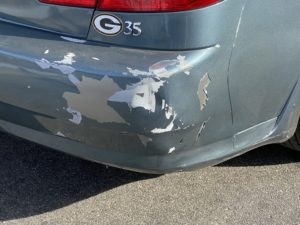 Extensive Peeling Car Paint
Extensive Peeling Car Paint
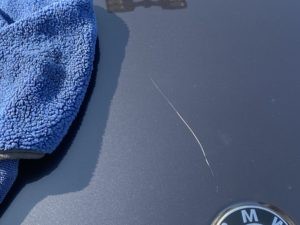 Minor Car Scratch
Minor Car Scratch
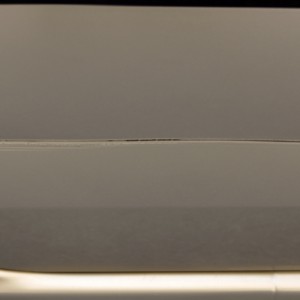 Extensive Car Scratch
Extensive Car Scratch
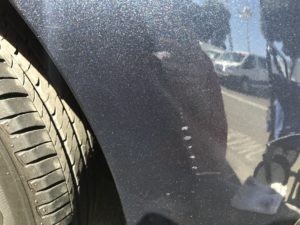 Minor Car Scrape
Minor Car Scrape
 Extensive Car Scrape
Extensive Car Scrape
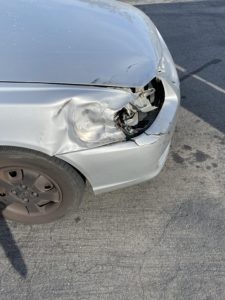 Extensive Car Dent
Extensive Car Dent



